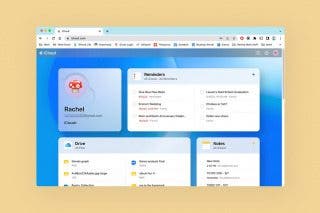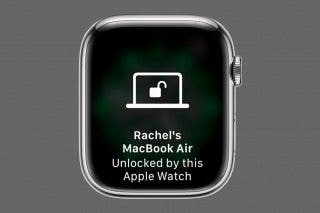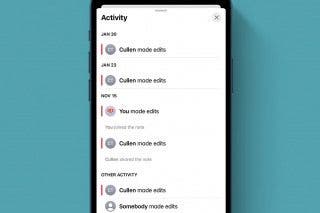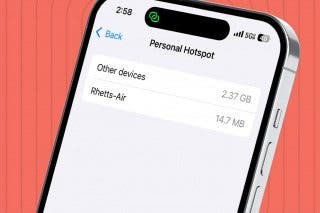How to Clear System Data on iPhone: 7 Ways to Free Up Space
Find out what System Data includes and how to clear it to save storage.


What to Know
- System Data is a catchall category in iPhone storage that contains system files, offline downloads, videos, and more.
- You can free up System Data by deleting certain types of files in the Settings app > General > iPhone Storage.
- Another way clear up your System Data is to delete any Notes or Voice Memos you don't need anymore.
What does System Data mean in iPhone storage? System Data is one of many categories in your iPhone storage. It contains important system files and any data that doesn't fall neatly into the other categories. Clearing the System Data on your iPhone can be a real space saver when your iPhone storage is full and you need to clear up space for an iOS update or to install a new app. We'll cover what System Data means and how to clear System Data on the iPhone or iPad to free up space.
What Is System Data on iPhone & iPad?
While most of the categories in your iPhone storage are specific and clear about what they contain, System Data is a more broad category that includes system files, attachments, website logins, autofill URLs, pre-loaded websites for faster browsing, and—a major culprit—cached chunks of streaming media from apps like Podcasts and Netflix. In previous versions of iOS, System Data was called Other. For more advice on freeing up iPhone storage, be sure to sign up for our Tip of the Day newsletter.
System Data is the hardest storage category to clear because it's difficult to know for sure what contents classify as System Data, but we believe that these tips will help you free up space on your iPhone. Before deleting any apps, media files, or cached data, you’ll want to look at your device's storage to see how much space each category is taking up.
How to Check System Data Storage
On iOS, clearing System Data can help free up space on your iPhone. But first, you should check how much of your storage is being used by System Data:
- Open the Settings app, and tap General.
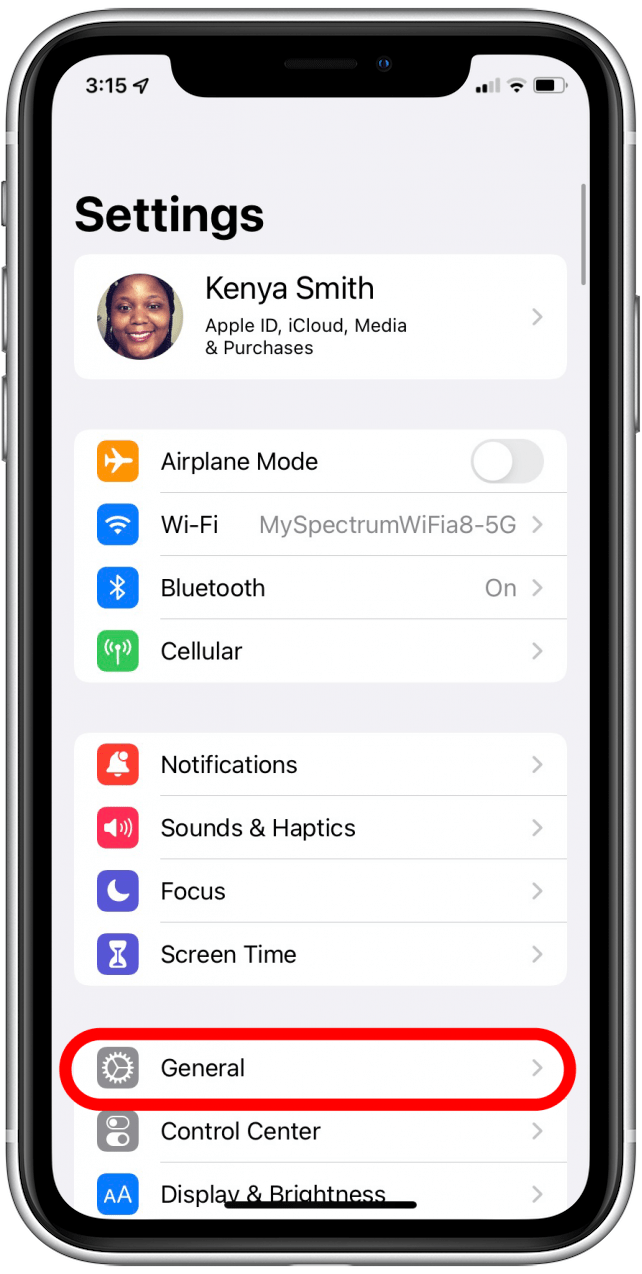
- Select iPhone Storage.
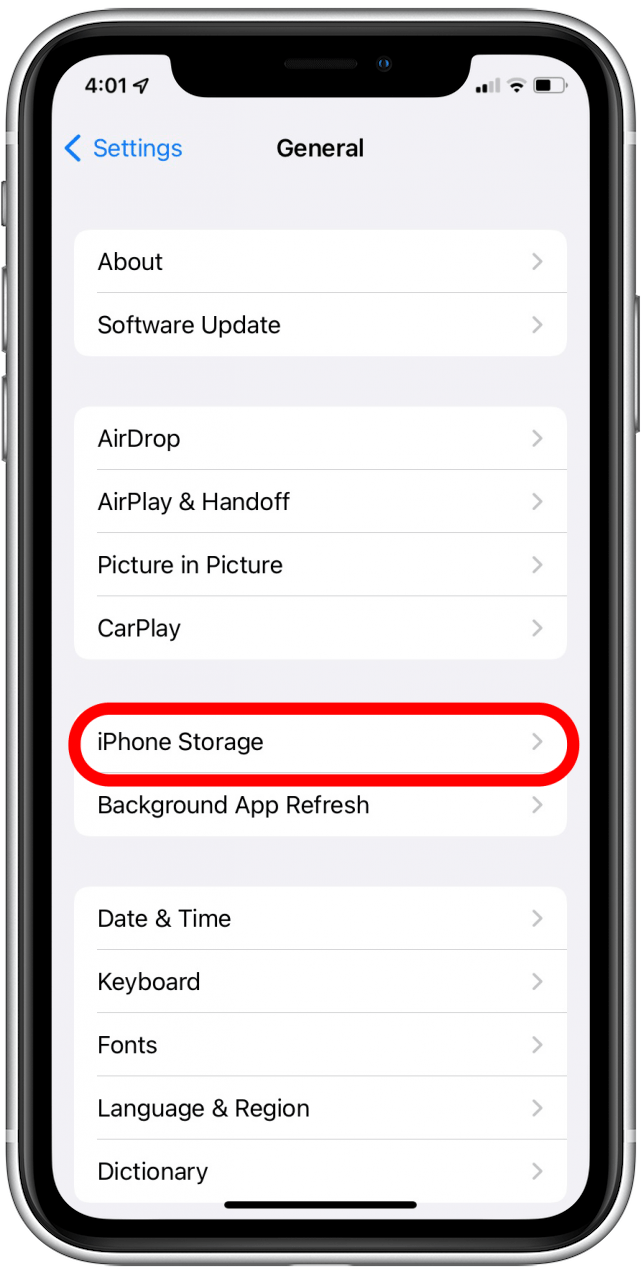
- In the graph, the light gray bar represents System Data.
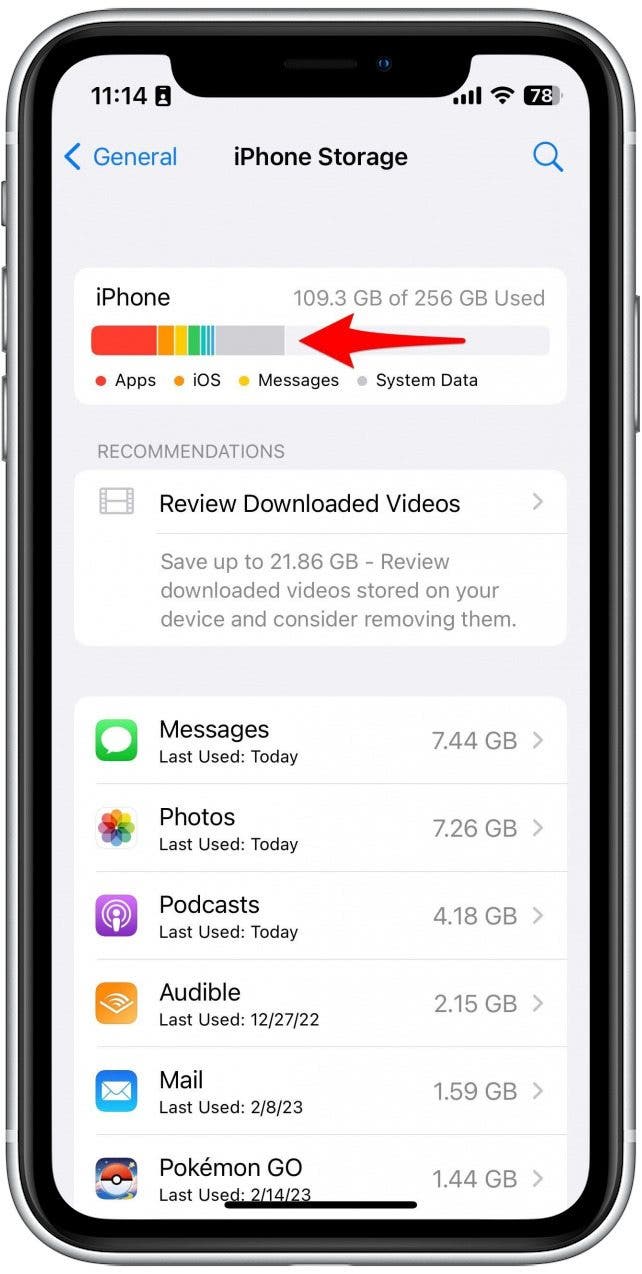
So, how do you clear Other System Data on iPhone? Below, you'll find a variety of different ways to free up storage space on your device.
How to Delete System Data on iPhone
Because System Data encompasses a wide variety of file types like cached data, downloaded videos, and message attachments, there are a couple of different ways to clear up this space. Let's take a look at the seven best ways to clear System Data from your iPhone storage.
1. Clear Safari Cache
When you browse the web on your iPhone, you create cached data that's saved in System Data. This data is used for auto-filled names and passwords as well as URLs. Most of your favorite websites are already pre-loaded in the cached data. This makes browsing the web faster, but over time the accumulated data in System Data slows down your iPhone.
Warning: This method will clear out URLs that you haven't saved in Bookmarks and any login credentials not saved to your iCloud Keychain. Despite some minor inconveniences, it's good practice to regularly clear your browser cache.
Here's how to clean up storage on your iPhone by clearing your Safari cache:
- Open the Settings app, and tap General.

- Select iPhone Storage.

- Scroll down to tap Safari in the list of apps.
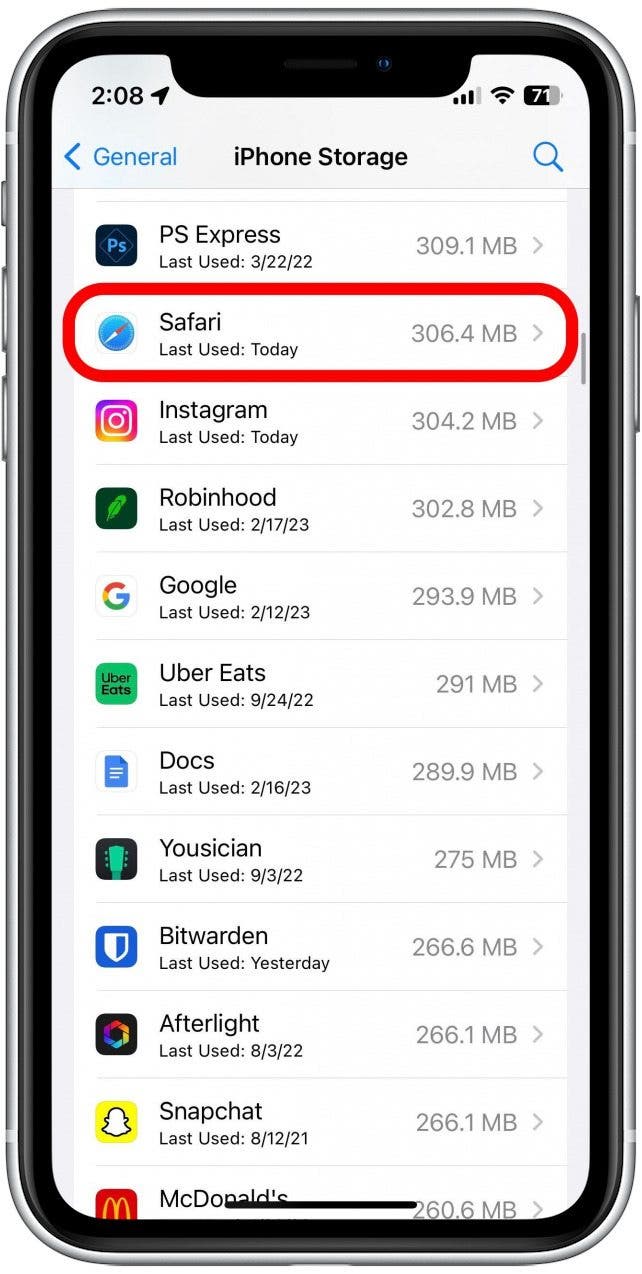
- Tap Website Data.
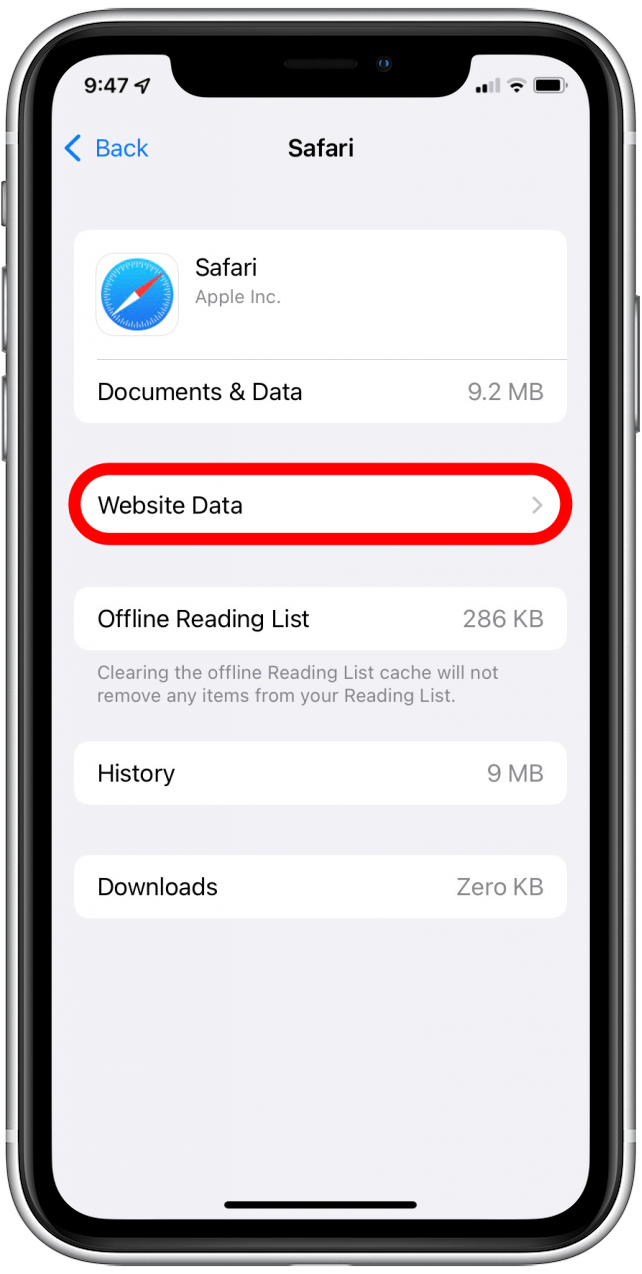
- Select Remove All Website Data.
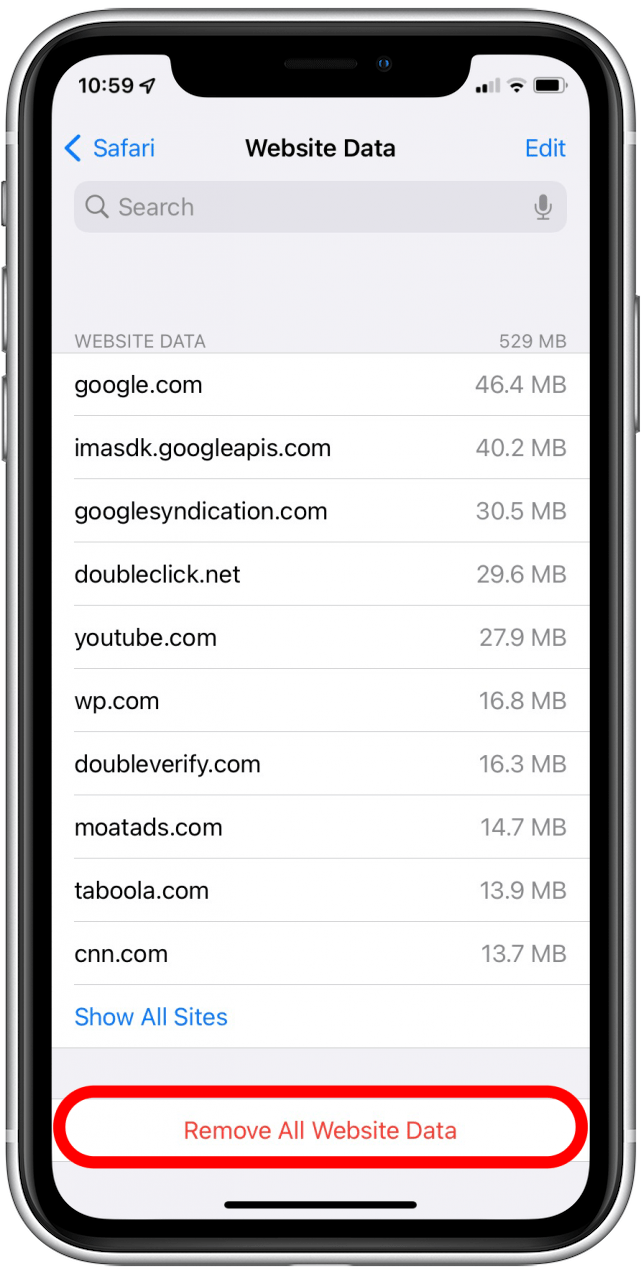
2. Review Downloaded Videos
If you have a lot of downloaded videos, which includes files like podcasts and offline TV episodes or movies from apps like Netflix and Prime Video, you'll be prompted to Review Downloaded Videos to help clear up your iPhone storage.
- On the iPhone Storage screen, tap Review Downloaded Videos.
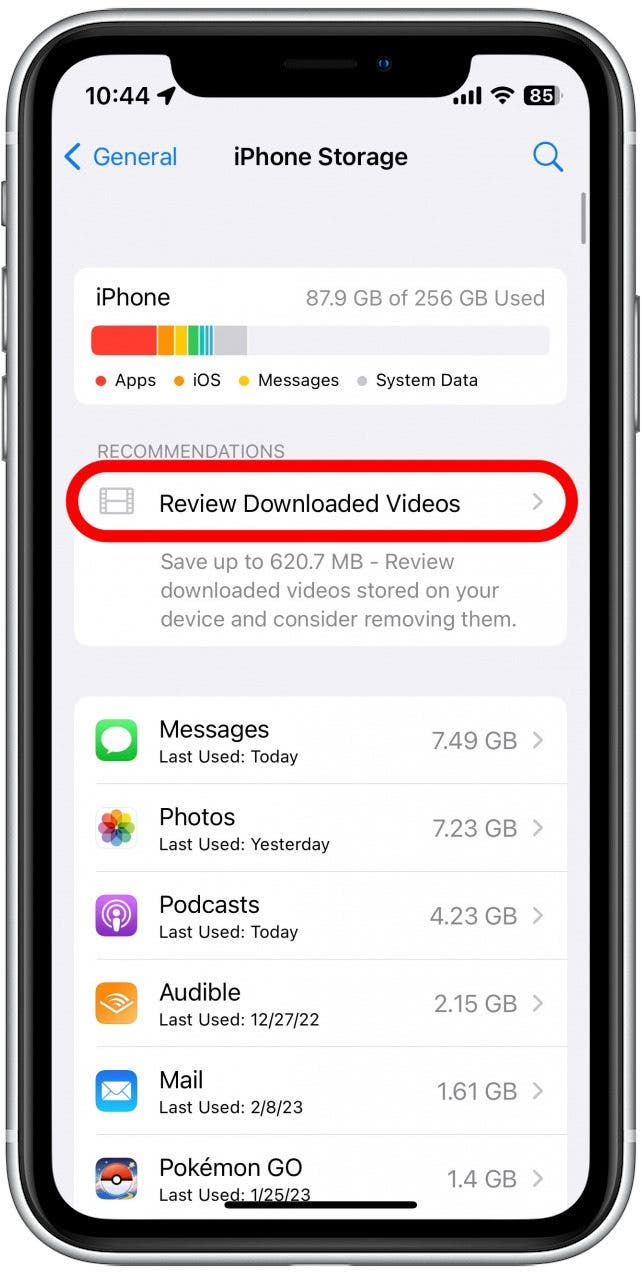
- Tap Edit.
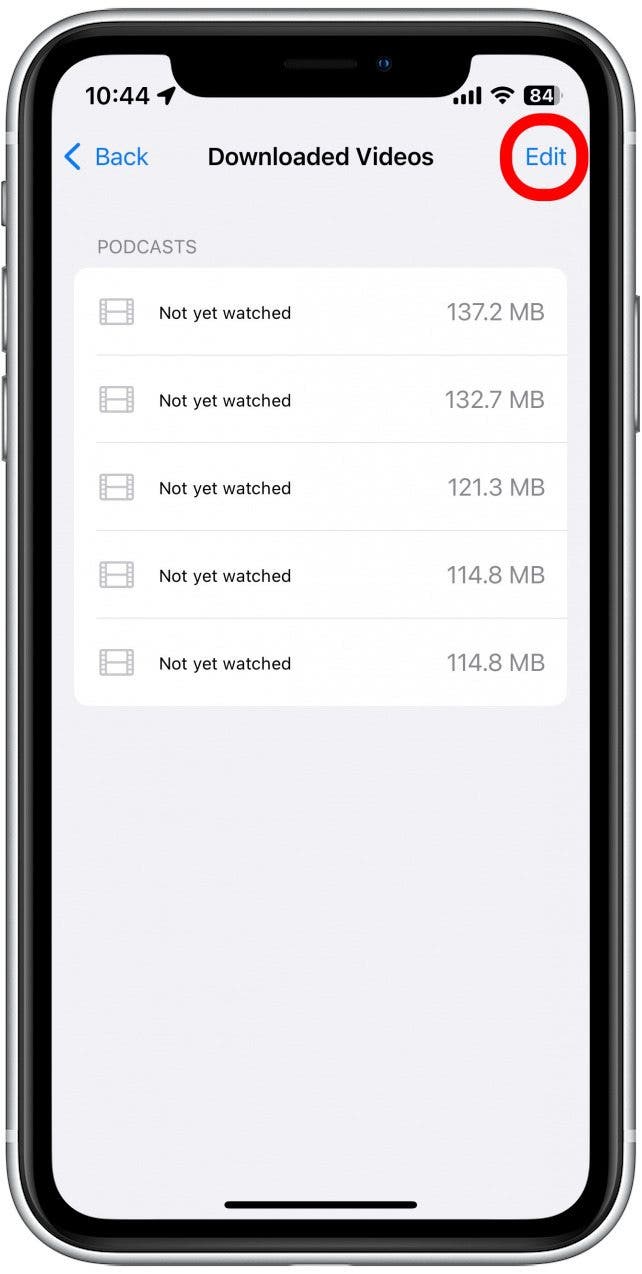
- Tap the red minus sign.
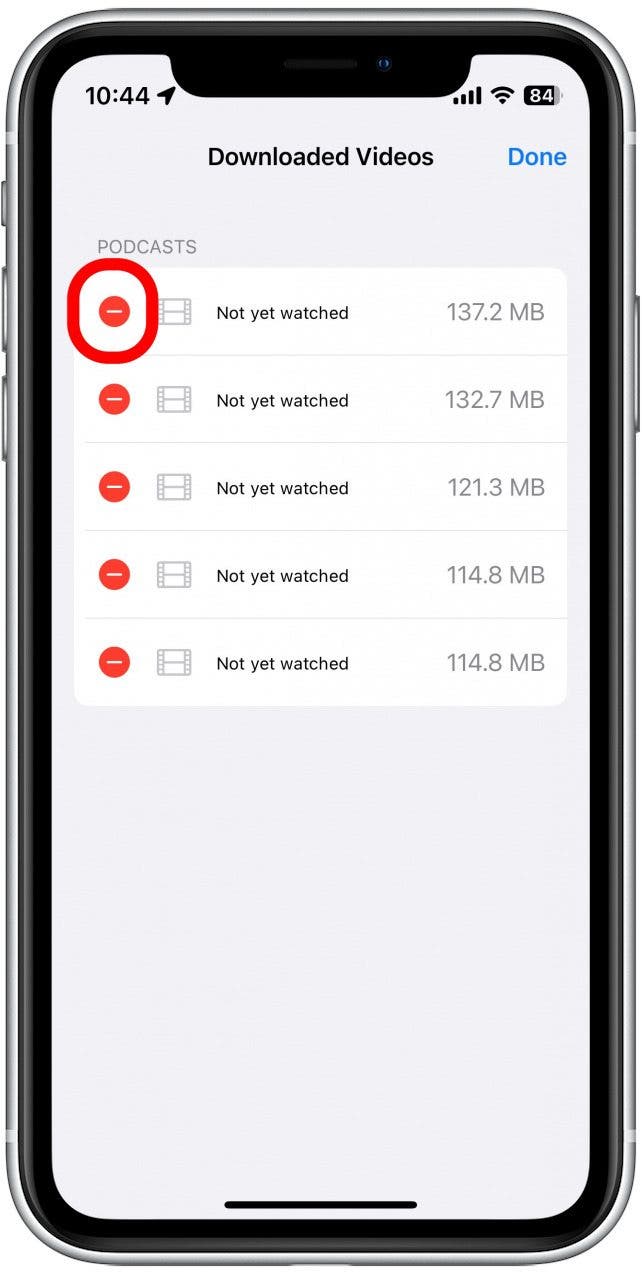
- Tap Delete to delete the downloaded video.
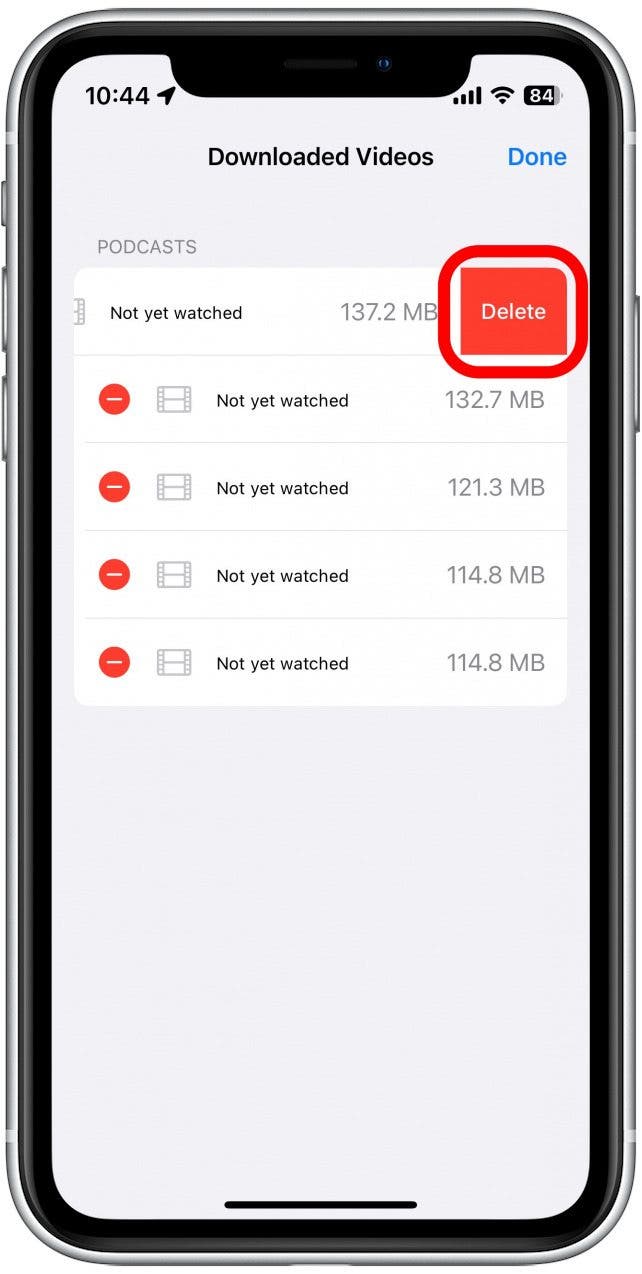
- Tap Done when you are finished.
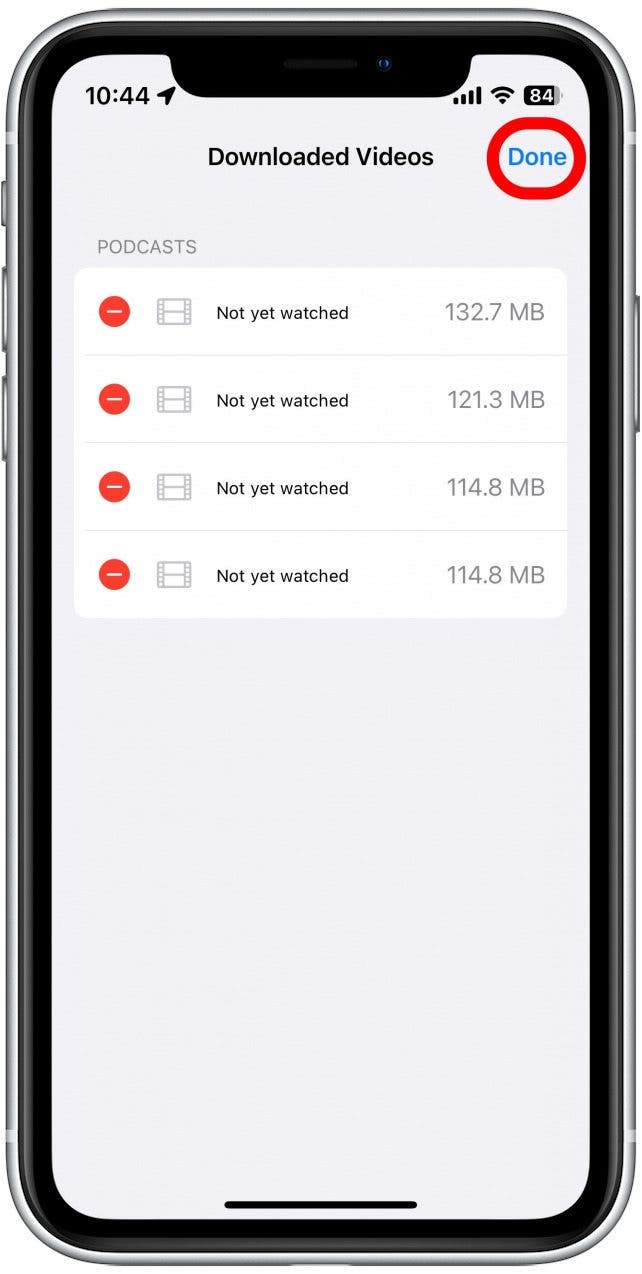
Now that you've removed any unnecessary videos, you can also delete larger iMessage attachments.
3. Review & Delete Your Large Attachments
Large attachments that you send or receive in Messages can be a big part of what takes up System Data. Deleting large attachments is a great place to start when you need to free up storage on your iPhone. While the Review Large Attachments button is no longer present in newer versions of iOS, there is still a way to manage your iMessage attachments.
- On the iPhone Storage screen, tap the Messages app.
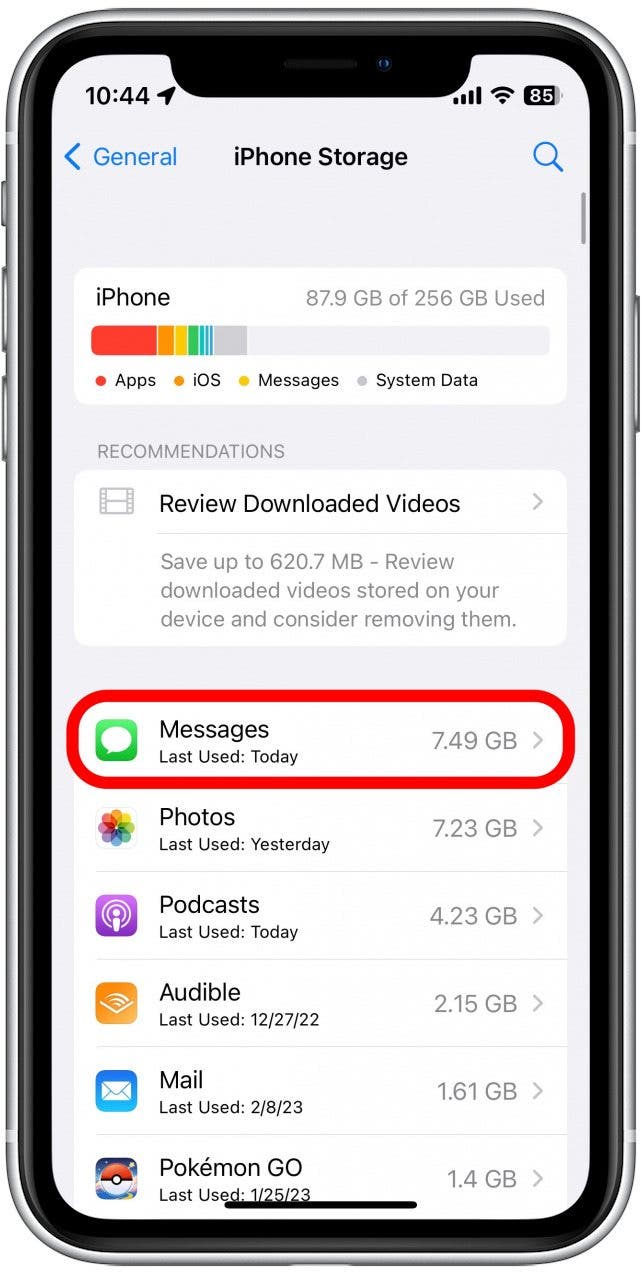
- Tap Photos to review photos that have been sent over iMessage.
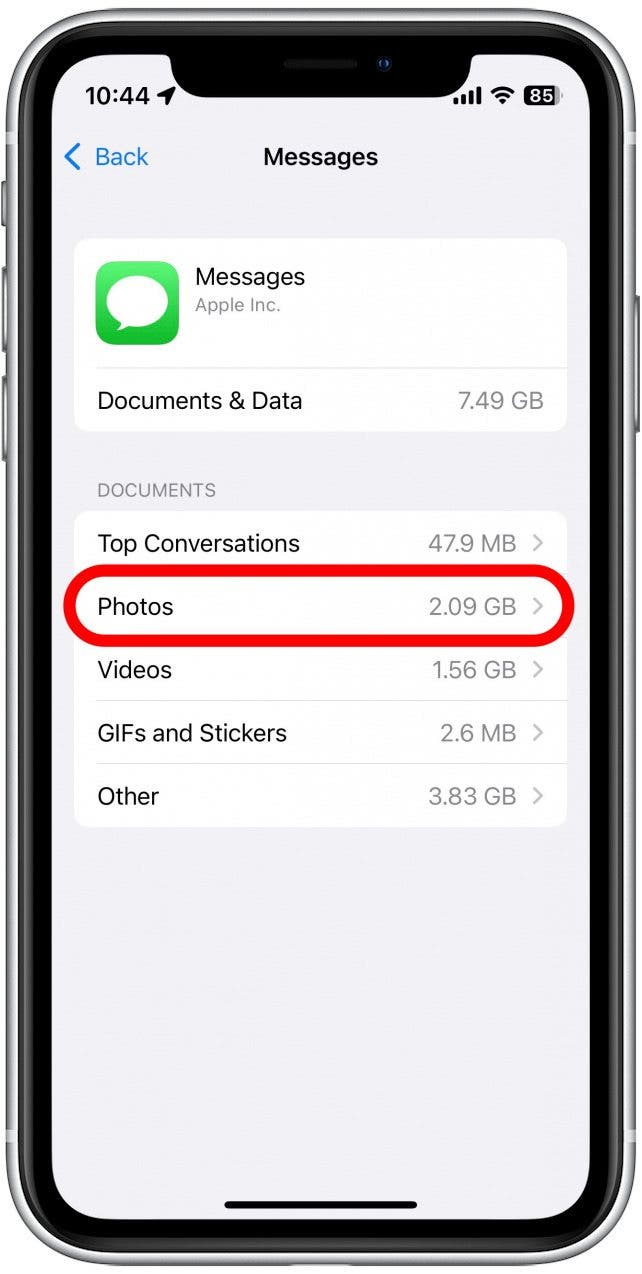
- Tap Videos to review videos that have been sent over iMessage.
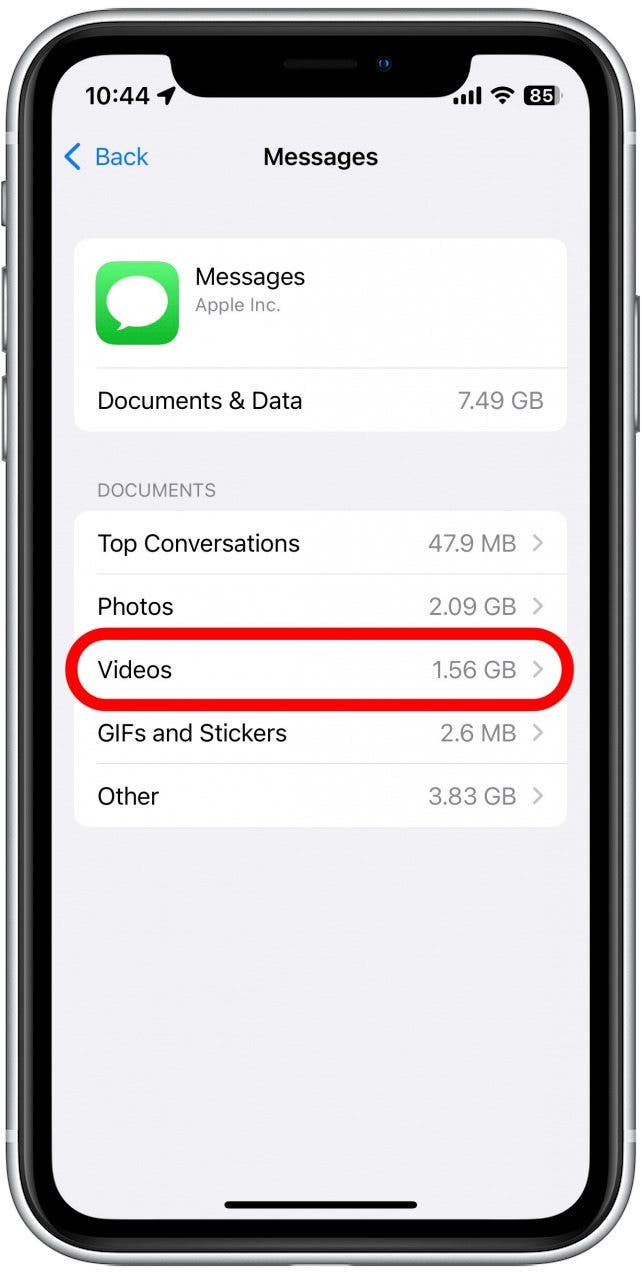
- Tap Other to review other types of attachments that have been sent over iMessage.
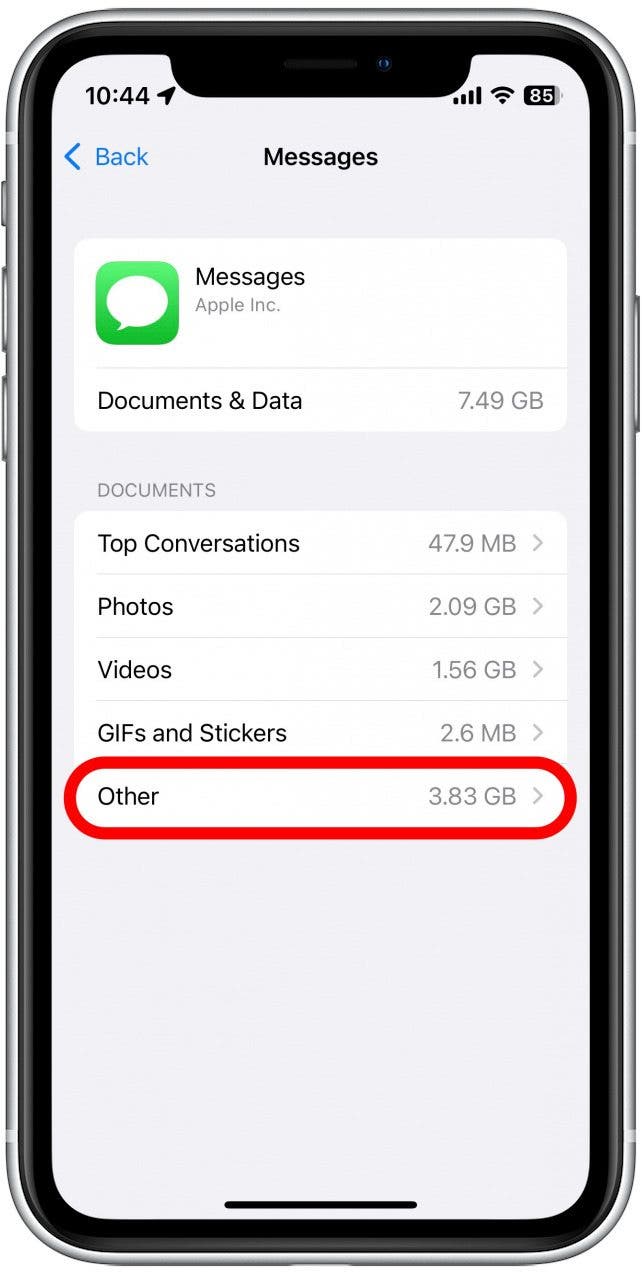
- Once you tap on any of the above options, you can tap Edit.
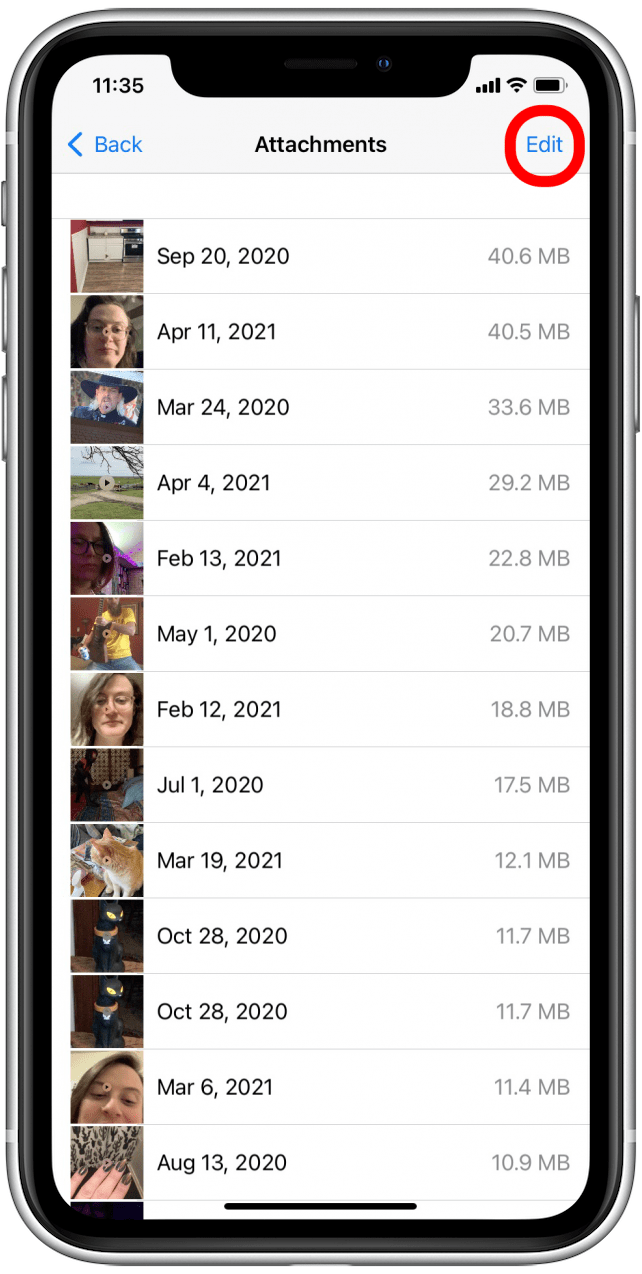
- Select the attachments you want to delete.
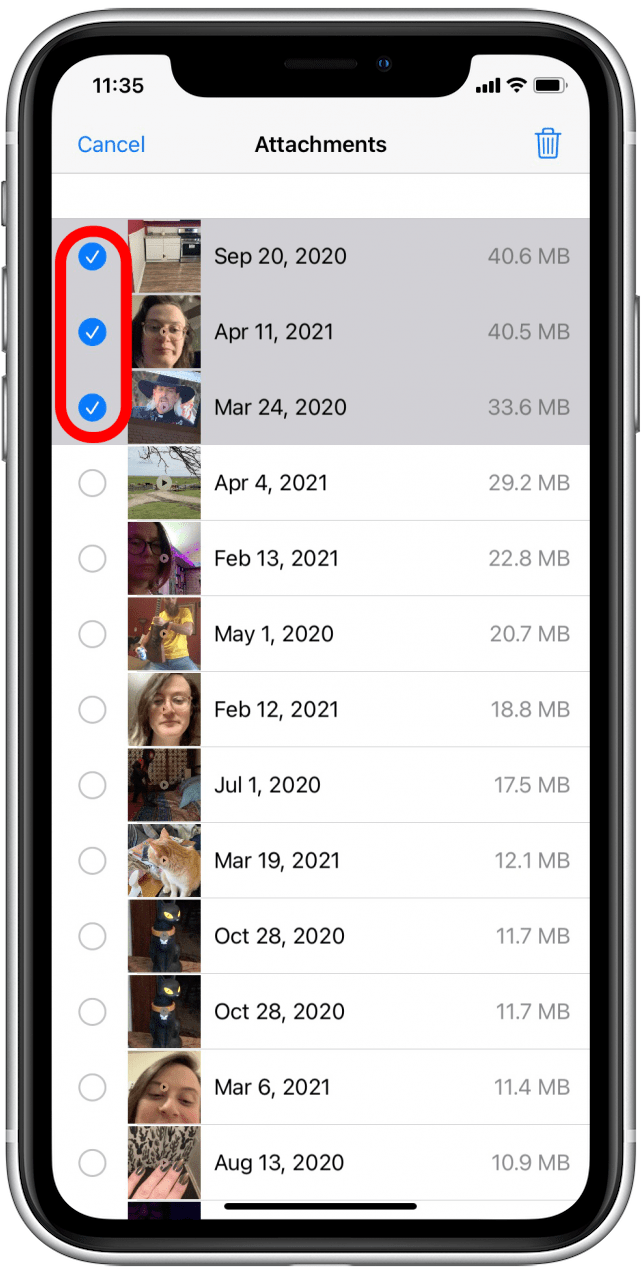
- Tap the trash can icon.
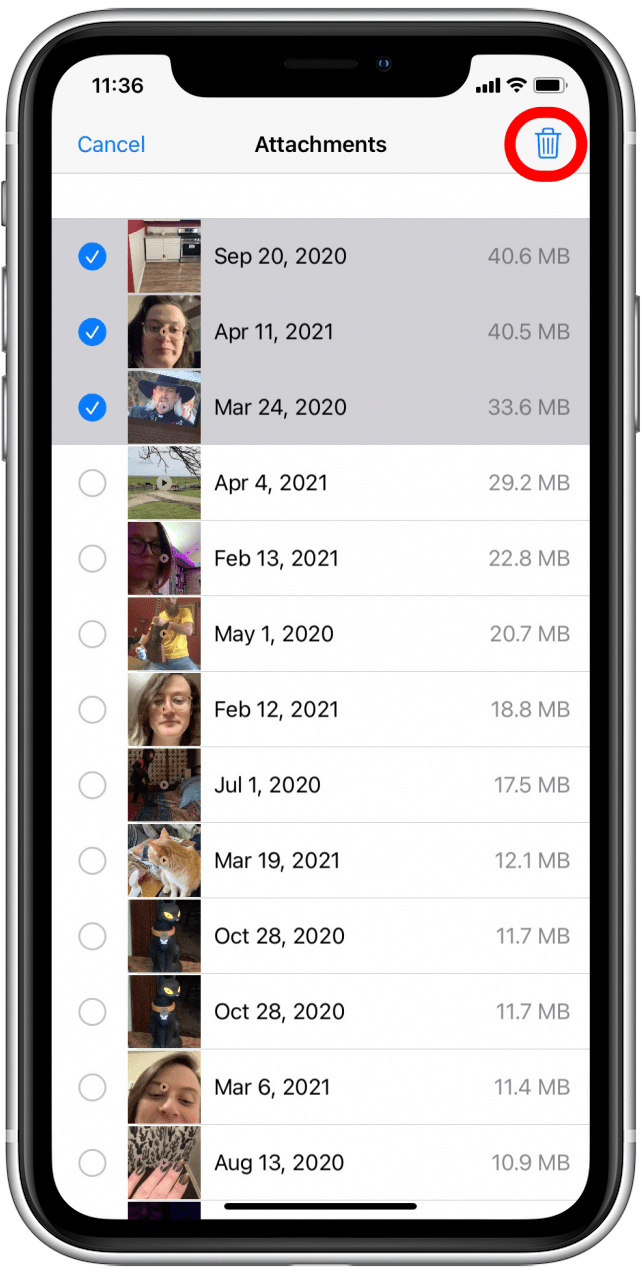
Deleting photos and videos that you no longer need should help clear up plenty of system data.
4. Enable Auto-Deletion in Messages
If you aren't the sentimental type, setting your messages to auto-delete can help free up space on iPhone:
- Open the Settings app, and select Messages.
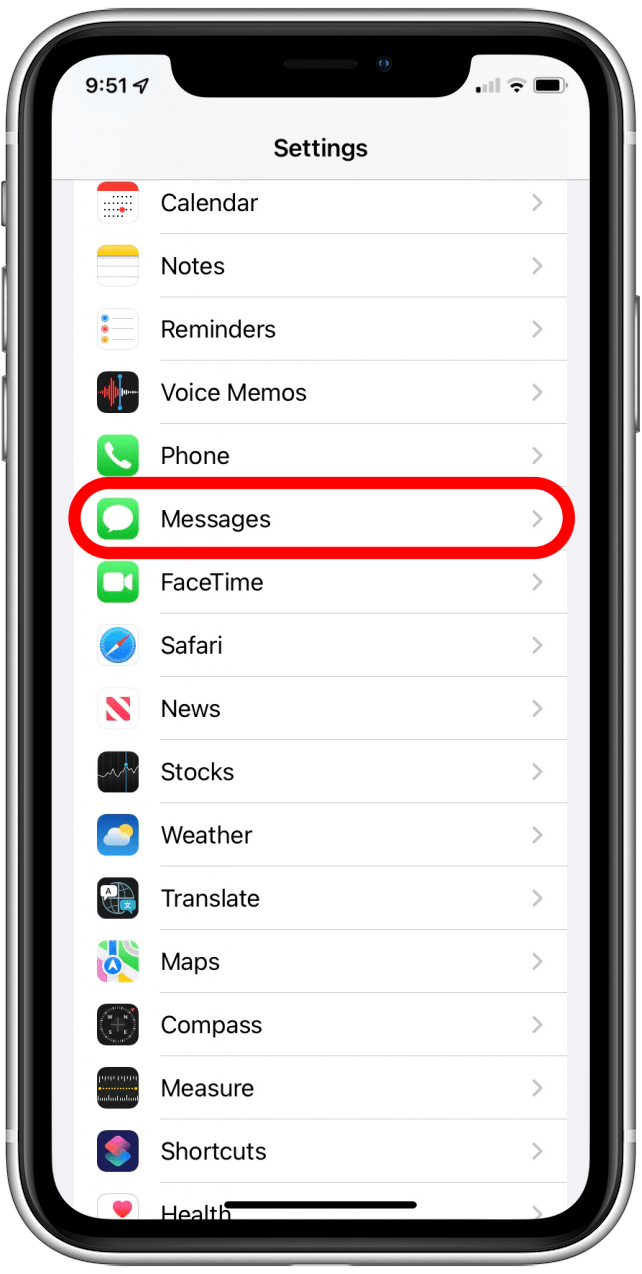
- Scroll down and tap Keep Messages.
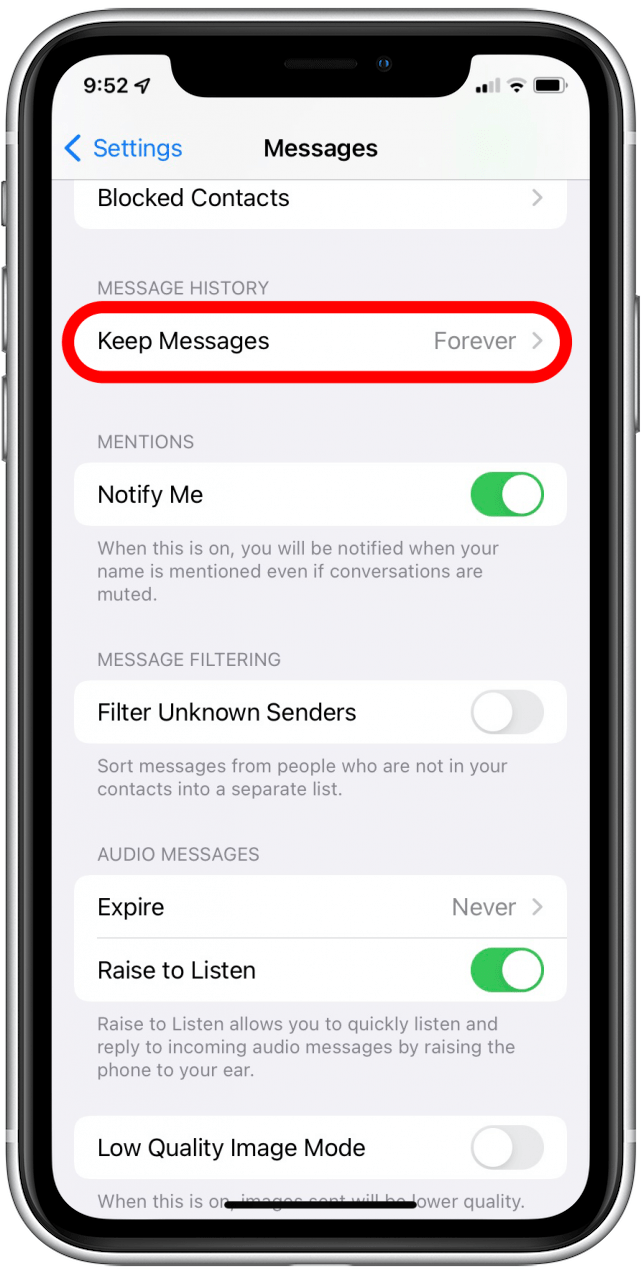
- Select either 1 Year or 30 Days.
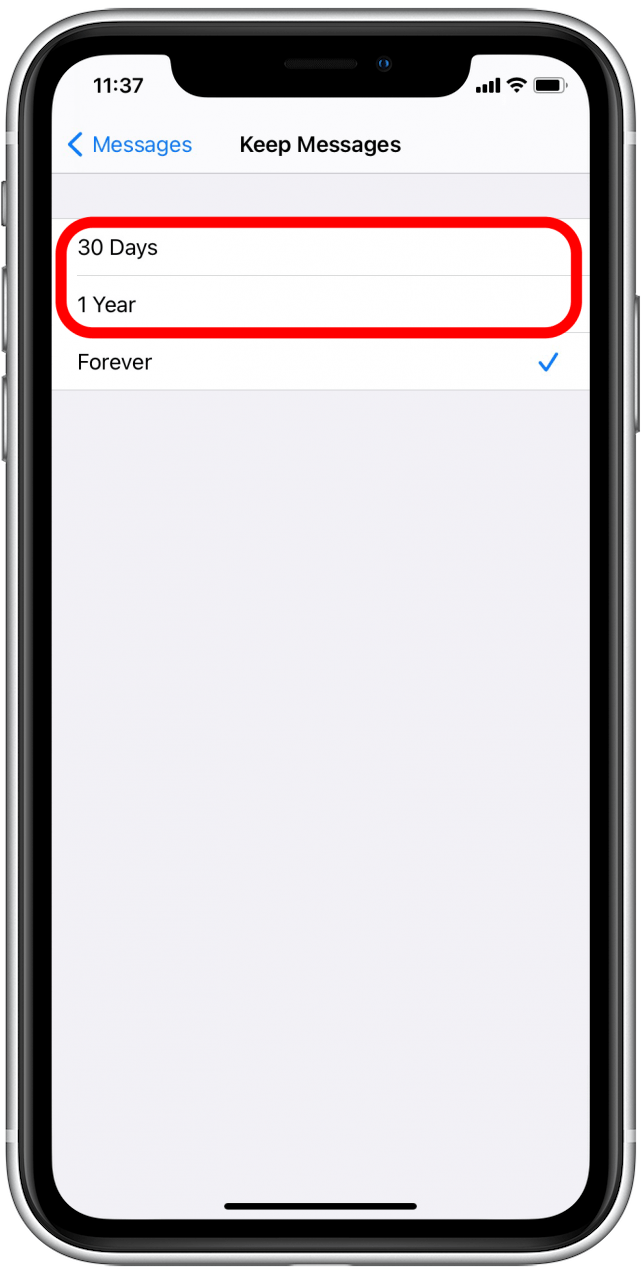
With this setting turned on, your phone will no longer save your text messages after either 30 days or 1 year, depending on the option you chose above.
5. Delete Cached Data on Apps
Apple doesn’t make deleting cached data on your apps very easy. The fastest method is to delete and then reinstall apps that take up a lot of space. When you reinstall a deleted app, you’ll need any relevant login credentials, like names and passwords, so make sure you have your login information saved to your iCloud Keychain before deleting apps.
- Open the Settings app, and select General.

- Tap iPhone Storage.

- Scroll down and look at your list of apps. They’ll be sorted by how much storage each app is using.
- Select an app that you want to delete.
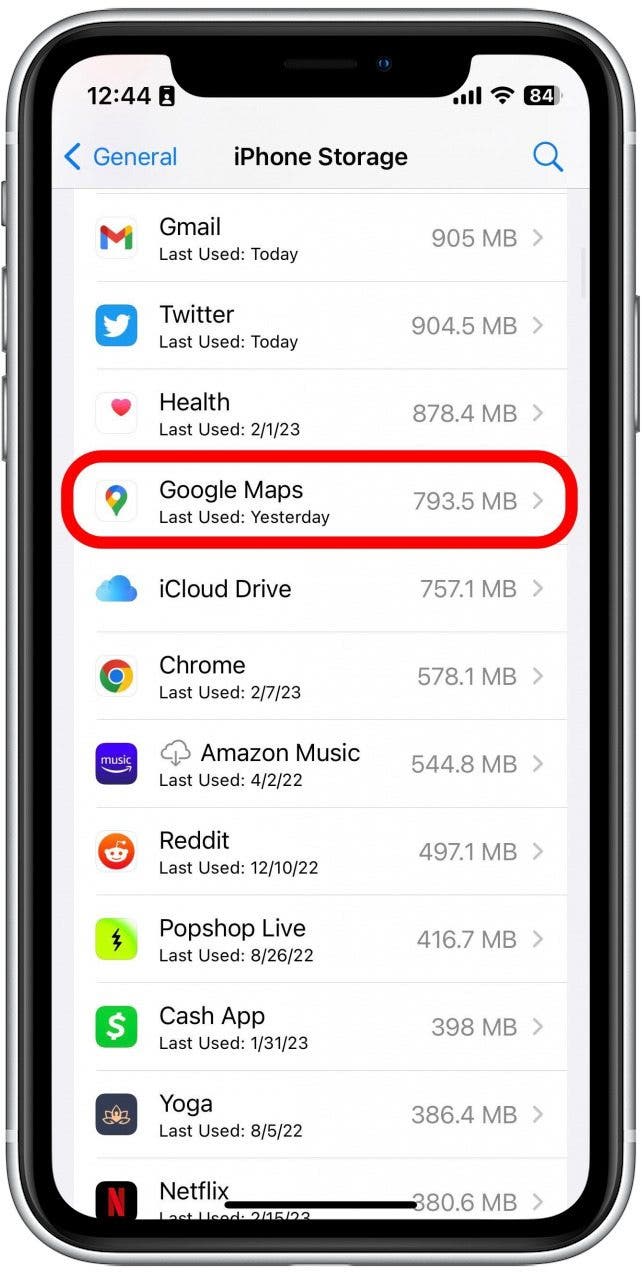
- Select Delete App.
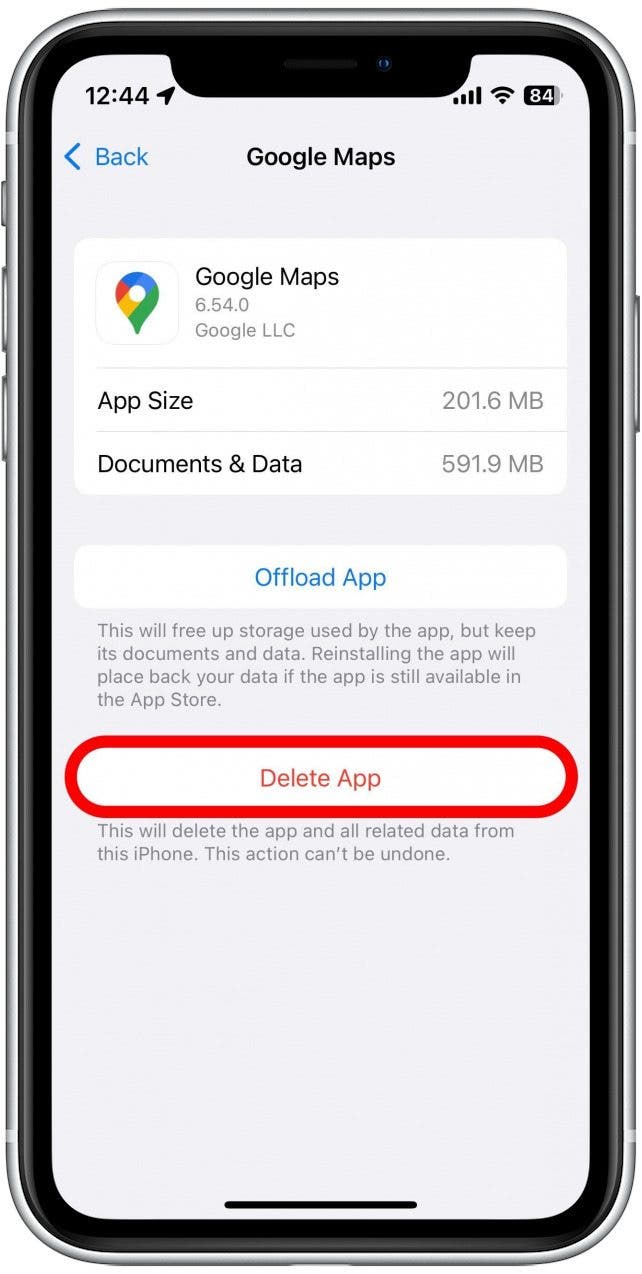
You'll then need to visit the App Store to reinstall the deleted app. If you have a handful of apps that use a lot of data, it’s worth it to open those apps to see if there are in-app settings that you can enable that will clear the cached data automatically.
6. Review Your Notes & Voice Memos
System Data is created when you save or open a note associated with your iCloud account. The same is also true for the Voice Memos app. Unfortunately, the usual method of deleting those apps doesn’t work when you want to remove cached data from Notes or Voice Memos. Instead, you have to delete individual notes and voice memos to free up System Data.
- In the Notes app, swipe left on a note and tap the red trash can icon to delete it.
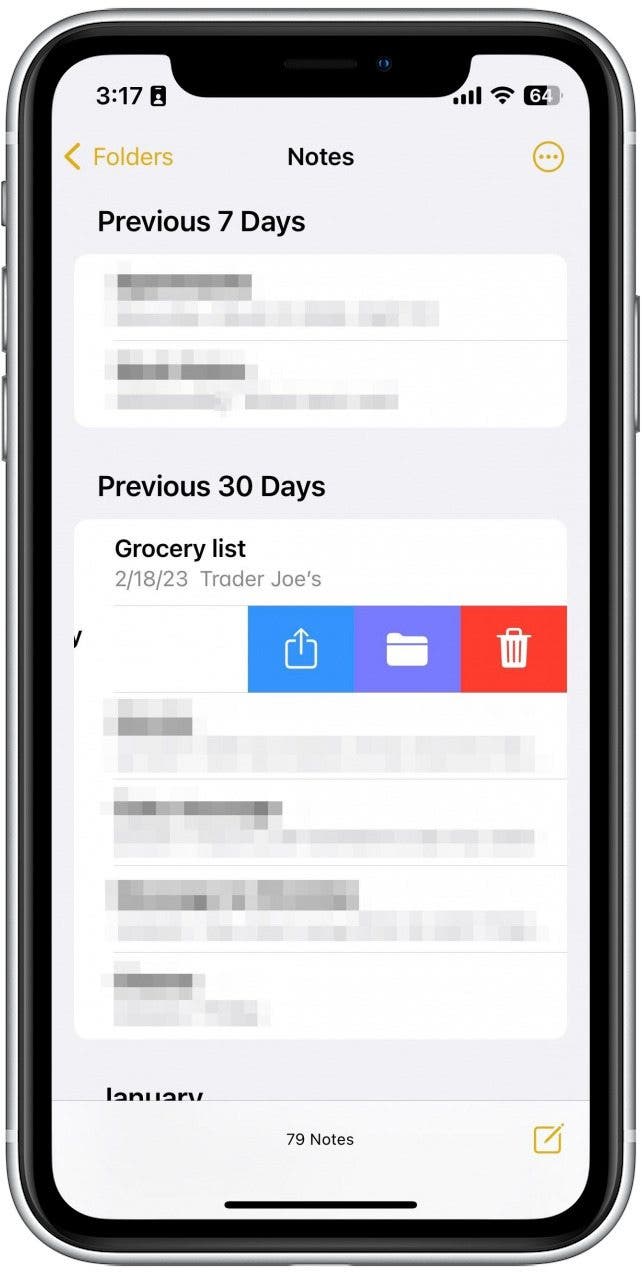
- In the Voice Memos app, swipe left on a voice memo and tap the red trash can icon to delete it.
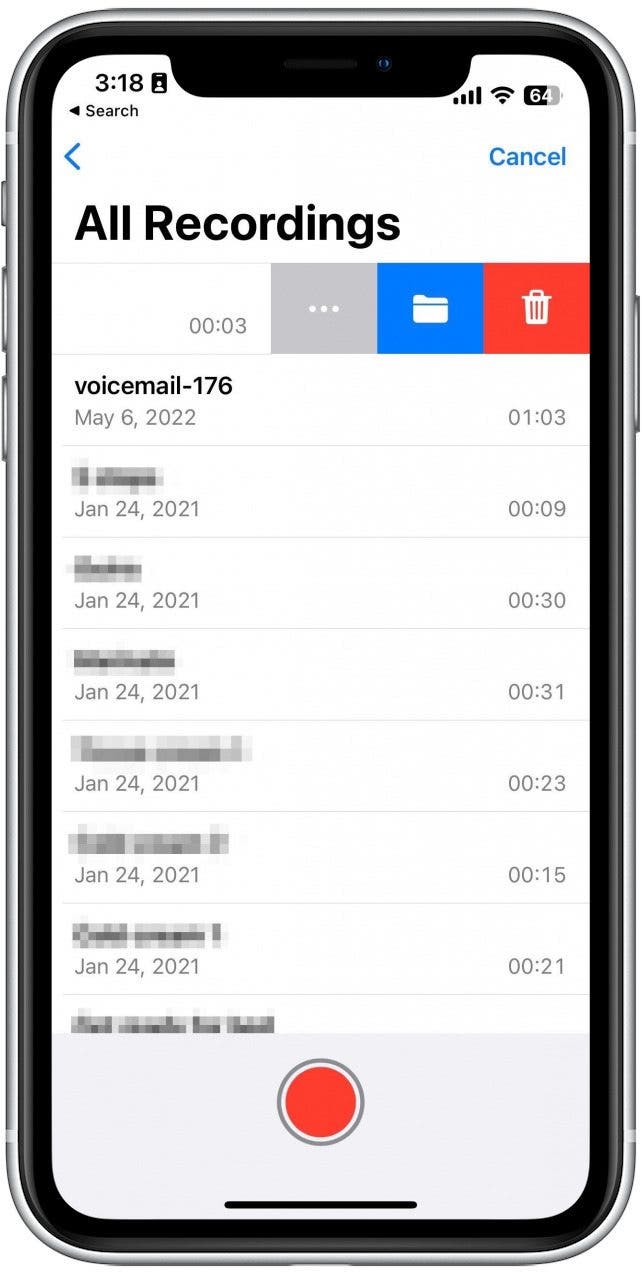
It’s good to periodically review both your Notes and Voice Memos apps and delete any files you don’t need.
7. Turn Off Background App Refresh & Location Data
You can prevent System Data or Other Storage from accumulating by turning off background refresh for your apps and by restricting your iPhone’s location services. When an app refreshes in the background, it creates a cache data file. Likewise, when you share your location with an app, that data is stored in System Data. You can control both your app refresh and location data through the Settings app.
If you found this article useful, you may also want to learn what to do when your iPhone says your storage is almost full when it's not, and how to free up Apple Watch storage.

Tamlin Day
Tamlin Day is a feature web writer for iPhone Life and a regular contributor to iPhone Life magazine. A prolific writer of tips, reviews, and in-depth guides, Tamlin has written hundreds of articles for iPhone Life. From iPhone settings to recommendations for the best iPhone-compatible gear to the latest Apple news, Tamlin's expertise covers a broad spectrum.
Before joining iPhone Life, Tamlin received his BFA in Media & Communications as well as a BA in Graphic Design from Maharishi International University (MIU), where he edited MIU's literary journal, Meta-fore. With a passion for teaching, Tamlin has instructed young adults, college students, and adult learners on topics ranging from spoken word poetry to taking the perfect group selfie. Tamlin's first computer, a Radioshack Color Computer III, was given to him by his father. At 13, Tamlin built his first PC from spare parts. He is proud to put his passion for teaching and tech into practice as a writer and educator at iPhone Life.
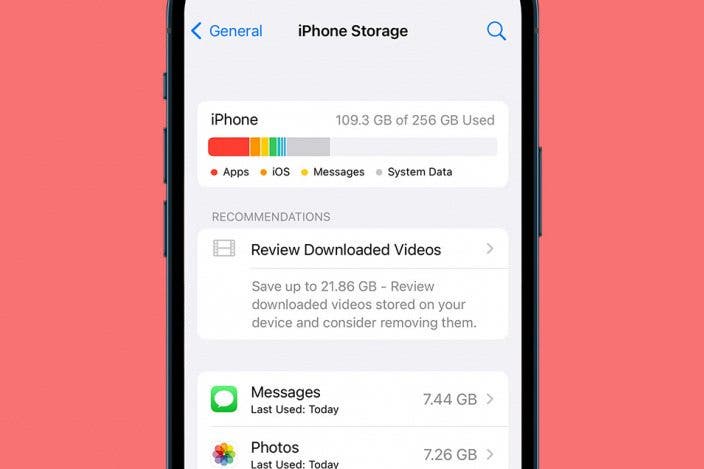

 Amy Spitzfaden Both
Amy Spitzfaden Both
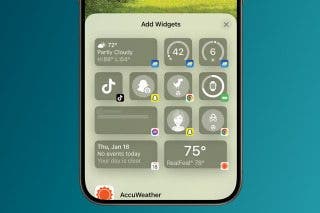
 Rachel Needell
Rachel Needell
 Olena Kagui
Olena Kagui

 Leanne Hays
Leanne Hays


 Sarah Kingsbury
Sarah Kingsbury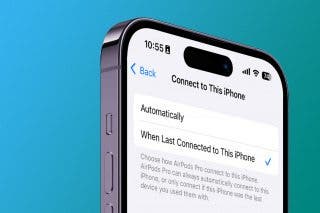
 Rhett Intriago
Rhett Intriago
 Hal Goldstein
Hal Goldstein
